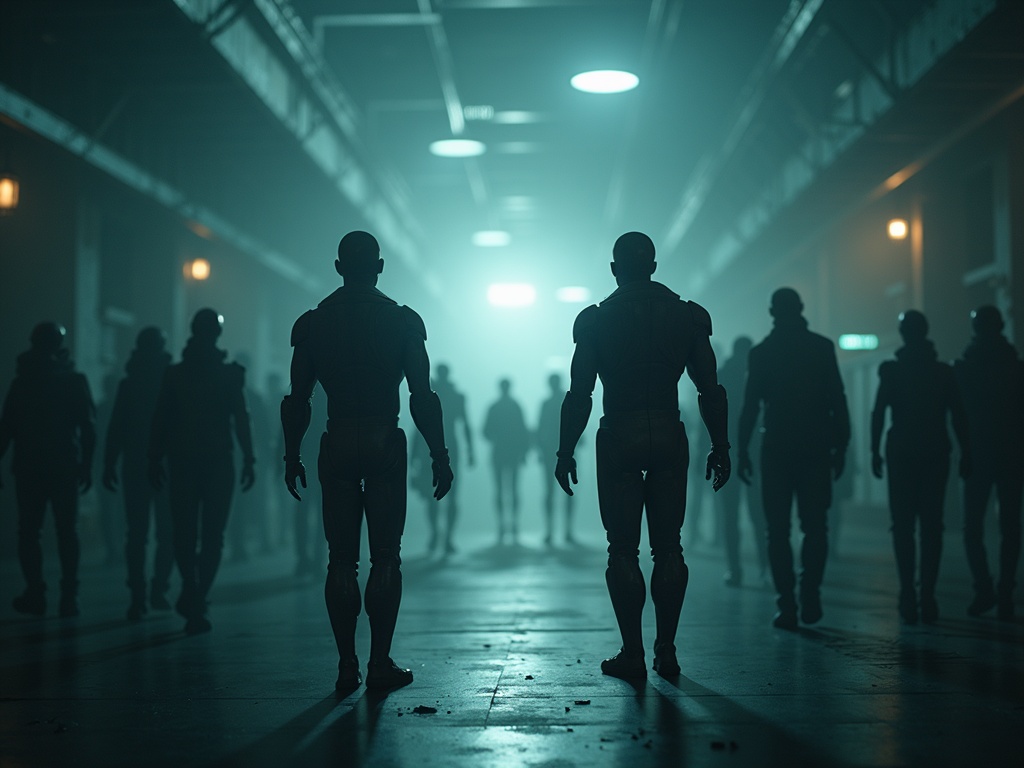AI Biomanufacturing: Revolutionizing Biotechnology and Virus Design
Introduction
In the rapidly evolving world of biotechnology, AI biomanufacturing is making waves by bridging artificial intelligence and biological sciences in unprecedented ways. This fusion holds the potential to not only redefine the landscape of synthetic biology but also transform how we approach virus design and manage emerging AI diseases. Imagine an age where AI is not just augmenting our biological capabilities but steering them—an era where AI designs microorganisms to achieve objectives we’ve only dreamt of. That era is now, and it’s disrupting traditional paradigms in both hopeful and controversial ways.
Background
To appreciate the implications of AI biomanufacturing, we must first understand the role of synthetic biology. At its core, synthetic biology involves redesigning organisms to carry out novel tasks, from producing medications to degrading environmental pollutants. Now, layer in AI, and the complexity compounds exponentially. AI’s ability to parse vast data sets of genetic information means it can create highly optimized versions of microbial life, tailored for specific tasks.
Stanford University’s groundbreaking research exemplifies this, where they employed AI to design viruses capable of combating drug-resistant bacteria. These viruses, designed through the analysis of approximately two million bacteriophage genomes, demonstrate that AI can achieve a success rate that traditional methods have long struggled to match [source]. This marks not just a milestone in biotechnology but a harbinger of a new ethos in disease treatment and preventive care.
The Growing Trend of AI in Biotechnology
As AI continues to commandeer the realm of virus design, the landscape of biotechnology is rife with discussion—both awestruck and apprehensive. For instance, the generative design principles applied by AI allow for the rapid creation of viral genomes, some 302 designs according to the Stanford study, with 16 proving successful in replicating within E. coli bacteria [source]. This proves AI’s potential to resolve real-world biological challenges efficiently.
But the rise of generative AI in biotechnology isn’t without its moral quandaries. The question arises: should we allow AI to tread in spaces that affect living organisms? The fear isn’t purely fictional; imagine AI-designed viruses falling into the wrong hands—not unlike opening Pandora’s box with consequences as unpredictable as they are potentially catastrophic. If AI can generate viruses to combat bacteria, could it not inadvertently develop strains with malevolent potential?
Insights on AI-Designed Viruses
As researchers delve deeper into AI-designed viruses, the ethical discourse intensifies. With researchers like Jef Boeke suggesting generative design might unlock unprecedented doors, the specter of misuse looms large. After all, while the AI-generated bacteriophages of today aim to combat bacterial diseases, the malevolent potential for similar technologies targeting humans cannot be overlooked.
Balancing innovation against caution is critical. The provocative nature of this technology invites commentary from experts like Jason Kelly of Ginkgo Bioworks, who underscores the importance of guiding AI advancements responsibly. “If someone did this with smallpox or anthrax, I would have grave concerns,” reflects the dire need for vigilance in this brave new world [source].
Future Forecast for AI Biomanufacturing
Looking forward, the trajectory of AI biomanufacturing is poised to spearhead revolutionary changes over the next decade. We can envisage a future where AI’s role in synthetic biology becomes integral to developing new therapies and biotechnologies. This includes the possibly revolutionary arena of phage therapy, where AI designs phages to target specific bacterial infections without antibiotics, positioning itself as a frontline solution for antibiotic resistance.
The vision doesn’t stop there—anticipate breakthroughs that redefine how we conceive biomanufacturing, from creating more effective vaccines to addressing emerging diseases. The potential is immense, with AI paving the way for innovations we can scarcely fathom today.
Call to Action
As we stand on the precipice of significant change in biotechnology, it’s crucial to engage in discussion and contribute to the dialogue. What do you think of the implications of AI in designing microscopic organisms? How do you feel about the speed at which AI biomanufacturing is evolving? Share your thoughts and engage with related articles, like the research from Stanford University, for a more comprehensive understanding. Let’s shape the future responsibly, ensuring readiness for both its promises and challenges.
